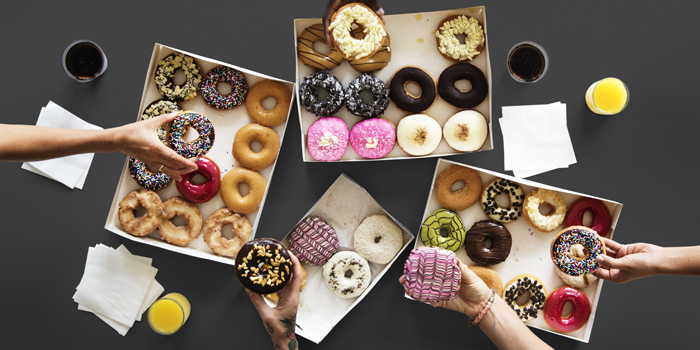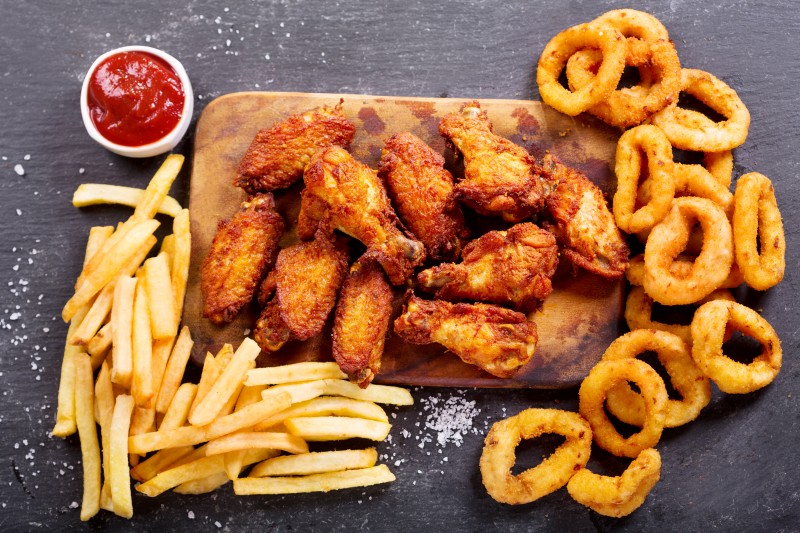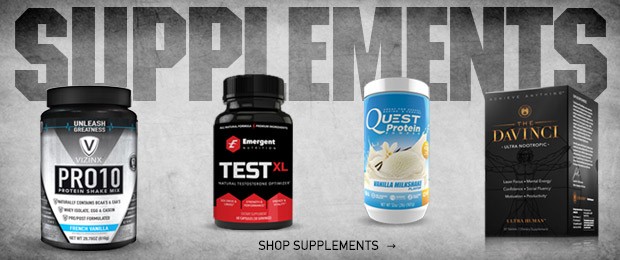
What is a diet break? It is pretty much exactly what it sounds like: a “break” from your current nutrition program in hopes to provide a mental break, metabolic boost, or both. Diet breaks can be helpful for general population folks, as well as competitors in-season and off-season. There are many types of diet break protocols, but for the simplicity of this article, I am going to discuss four types.
Traditional Diet Break
A traditional diet break can be accomplished in many ways, but traditionally it is a complete or partial break from your current nutrition plan for an extended period of time. The extent of a diet break is usually one week or longer. This can be accomplished by taking a break from your current plan completely or subbing out certain meals on a daily basis. The way I personally go about diet breaks with client varies and depends highly on a few variables.
RECENT: Are Energy Drinks Bad for You?
First, are they compliant enough to warrant a diet break? If a client isn’t consistent and we haven’t made much progress, a diet break doesn’t make sense and isn’t warranted. Secondly, it depends on how long they have been in a deficit. If I have a general population client who has been consistently in a deficit for months, then yes, a diet break could be useful. Third, has the client hit a plateau? Surprisingly, incorporating a diet break can help not only some with mental sanity but it can give your metabolism some love to keep things moving along. Seeing increased fat loss after a short diet break is not uncommon.
Free Meal
A free meal, off meal, cheat meal, or whatever you want to call it, is simply a meal you can enjoy off plan. Typically free meals are implemented more so for mental sanity purposes, but it can have metabolic and hormone benefits as well. I incorporate free meals—or what I like to call “life meals”—weekly with general population clients and with off-season competitors. Whether it is a general population client or off-season competitor, a free meal here and there is absolutely fine and actually encouraged, even during a fat loss phase. Especially for a general population client, there is no reason they can’t reach their goals and still enjoy their life.
Photo credit: nitr © 123rf.com
Refeed Protocol
A refeed protocol is typically more specific and measured. It is used more for physique competitors or athletes. A refeed is a protocol in which more food (typically carbs) are added to their current plan that can be incorporated into one meal, spread throughout the day, or used over multiple days. Typically refeeds have a high carb focus, with moderate protein and a low fat protocol. Like I said, sometimes refeeds will consist of adding more carbs to one meal on a specific day or adding carbs over the span of a few days. Refeeds are used when an athlete’s nutrition plan is pretty low in calories for an extended period of time.
MORE: Cheat Meal vs. Cheat Day(s)
In this case, refeeds can help keep the metabolism moving, as well as help hormones functioning well and keeping hunger at a manageable level. But what refeeds can also do is act as a “filling out” method for bodybuilders or other sports athletes than need to make weight. By incorporating refeeds into an athletes plan, you can track how their body responds to a given amount of carbs or food, and then adjust accordingly for their contest.
Vacation and Holiday Breaks
For a general population client, I usually do not incorporate specific diet breaks if they have a considerable amount of vacations, trips, holidays, etc. For a general population fat loss client, I am not going to expect them to walk around Hawaii eating out of Tupperware. So sometimes I consider vacations and holidays “built-in” diet breaks. However, I do set guidelines. For example, if someone is going on a trip I might suggest the following:
- For the duration of your trip, try to get in a healthier breakfast with plenty of protein and fiber.
- Bring healthy snacks with you to carry throughout the day.
- Feel free to have one to two meals daily that you are craving, or a dinner and dessert.
- Drink plenty of water.
And as long as they hit those basic guidelines, I am a happy camper. But what if I am working with a physique competitor? Diet breaks can definitely be utilized with physique athletes, even in-season. Typically they are clearly more rigid and short-lasting, but they can still be helpful mentally and physically. A short diet break can be implemented between shows if they have larger gaps between them (three weeks or more), assuming the athlete came in lean enough for the first show. But honestly, after a short diet break of a few days, the athlete tends to drop more body fat a week or two thereafter once they jump back on their base plan. So actually it can be really advantageous if you want to bring the athlete in even leaner for the next show. All diet breaks are going to be completely individual and some more rigid than others, but more often than not they do the body good.
Although diet breaks can be very advantageous in many ways, they are not a reason to eat everything in sight and binge on Twinkies. If anything, diet breaks are designed to actually prevent binge-like eating patterns while dieting. Going through a fat loss phase is obviously tough physically, but it can be even tougher mentally, especially in our society. You must allow wiggle room and some flexibility nutritionally if you want to see long-term success. An all-or-nothing mentality with fat loss can be a very slippery slope, so you must manage fat loss in a realistic way that make sense for your lifestyle.
Header image credit: rawpixel © 123rf.com












you are great
Also visit our site.